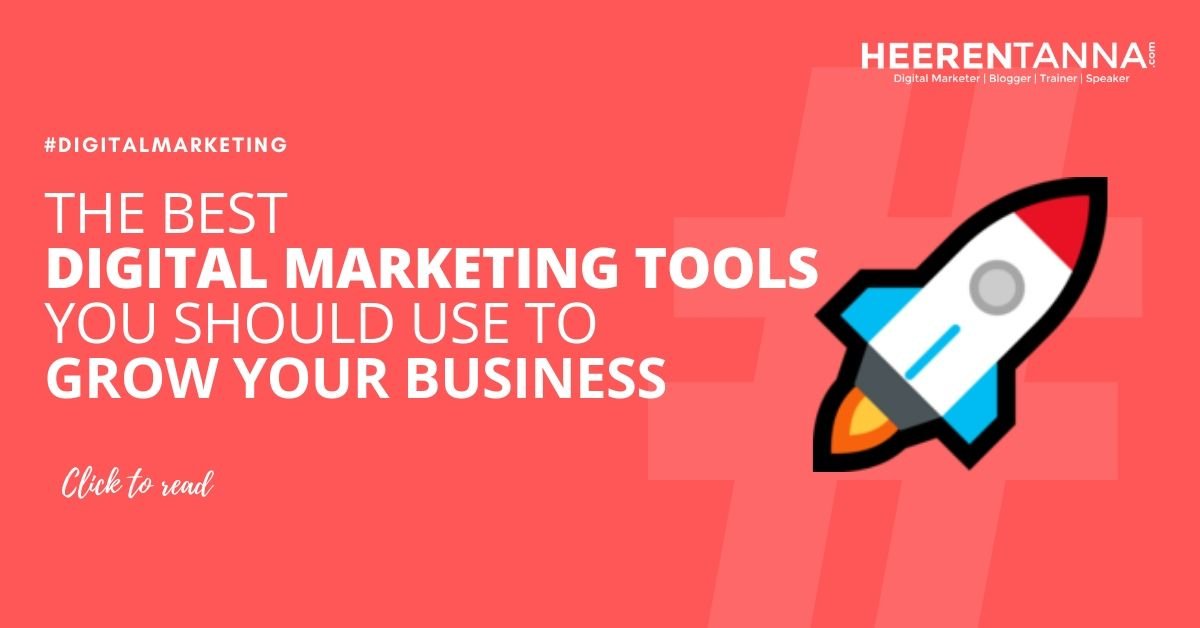The cloud is changing everything. From its effect on our personal lives, bringing greater convenience and interconnectivity than we’ve ever known, to its influence on the realm of business in the form of reduced risk and greater control, its advantages are clear and multi-faceted.
But how has the rise of cloud computing affected the world of marketing? What changes or developments have come about as a result of the new tools and services available through the cloud?
With a surplus of analytics tools and the ability to access consumer data from anywhere, the cloud is revolutionizing the way we promote, sell, and track customer trends and patterns. Whether you work for a marketing firm looking to enhance your mastery of digital marketing through the cloud or a business owner seeking to better promote your own products and services, the cloud is changing the way we communicate with our clients and peers.
Are you ready for the future of digital marketing?
Social Media
While social media and its influence have been noted for years, there are many who still don’t realize that popular platforms like Facebook, Twitter, Youtube, and Pinterest, are in fact cloud-based systems. This means that every time you post on Facebook or tweet about an upcoming sale or event, you’re already making use of cloud marketing.
On a small scale, this revolution in the ability for businesses to reach their customers directly has resulted in a greater ability for companies of any size to implement their own marketing campaigns without relying on assistance from third-party marketers or designers. Unfortunately, while most businesses these days understand the need for an increased presence on social media, many still don’t know how to use this knowledge effectively.
As a result of this, the need for tech-savvy and innovative marketing agencies has only grown. The difference is now, a thorough understanding of cloud-based services, search engine optimization (SEO), and multi-platform marketing are essential for any advertising firm seeking to remain relevant in the world of digital marketing.
After all, the ability to communicate directly with consumers does you little good if you don’t know who’s most likely to become your customer.
Data
Information is the name of the game. The more you know, the more influence you wield. This has always been true for marketing, but now more than ever, the ability to effectively track and predict consumer patterns is resulting in new and more personalized ways of reaching your audience.
We’ve all seen it. You’re scrolling through Instagram or checking your friends’ stories on Snapchat, and suddenly, there it is: sponsored content.
Sometimes these ads are irritating, as if someone is invading your personal online life. However, sometimes a product or service pops up that really speaks to you. It may even lead you to make a purchase. Chances are, the ad that leads you to this purchase didn’t stumble across your feed by accident.

Thanks to a surplus of new analytics tools on the market, the ability to track not only customers’ purchases but their clicks, screen time, preferences, and more, has led to a massive increase in understanding how these users think and act. While this is useful for exposing wide-sweeping trends in human behaviour, it is especially useful for tracking the success of specialized marketing campaigns.
Want to know if a particular ad is reaching its intended market? Use of analytics tools such as Google Analytics, Power BI, Leadfeeder, and even Microsoft Excel, can tell you not only how many sales a particular ad is generating, they can even track the time a customer spends on specific pages and what time of day they visit a site.
After all, just because a customer doesn’t make a specific purchase doesn’t necessarily mean an advertisement has failed to achieve its goal. The data that can be gathered even from short interactions can help ensure that your next attempt is more effective by specifically targeting exactly what a consumer is interested in.
Many social media platforms even feature built in analytics, allowing you to better know your followers without the need to purchase expensive or complex external programs.
In addition to the new kinds of data marketers are able to track and analyze, the second key factor cloud computing has changed in the realm of data gathering comes in the form of data storage.
In the past, client information, sales trends, and information on ad campaigns would be stored on local servers in a building somewhere owned by a specific agency. With the rise of cloud storage, our need for designated local machines to store information is on the decline. This leads to a multitude of advantages.
Without the need for personal servers, it now costs less than ever to start a business. Rather than investing large upfront costs into hardware and dedicated IT professionals needed to maintain this hardware, for a monthly or yearly fee, you can automatically upload your files to the cloud through a variety of service providers offering a wide degree of options and added functionalities. If anything goes wrong, you have 24-hour access to professionals trained to solve your issues.
The introduction of cloud storage and the ability to readily analyze consumer data are redefining the way companies are built.
Risk
Cloud storage not only means lower upfront costs, but the features and tools available through the cloud have helped reduce overall risk for businesses as well.
With most cloud storage services offering automatic backups, you can rest easy knowing your files are always up-to-date and secure. This limits the risk of human error as well as reducing the possibility of total data loss.
This is true for software as well.
Thanks to the introduction of the subscription-based model, it’s now easier and cheaper than ever to outfit your office with vital software tools. Office 365 and the Adobe Creative Cloud are two software packages in particular that offer a huge benefit to both large digital marketing agencies and individual companies seeking to implement their own marketing strategies. With automatic saving and integrated cloud storage, your files are now more secure than ever before, and their impact on your local storage capabilities are all but negligible.
The second major reduction to risk is a byproduct of the new data analytics tools. Rather than wondering if a campaign is successful or trying to guess exactly which elements of an ad made it speak to its target audience, analytics tools have made it easy to know exactly why a campaign succeeds or fails.
If you know why something works, it’s easier to replicate it in a way that will yield greater results and limited risk of failure.
Additionally, this gives marketers a greater ability to experiment with new ideas while simultaneously reducing the risks associated with a failed campaign.
Like an organically formed focus group, use of small batch campaigns through social media can produce useful information on what advertising methods appeal to a specific audience. Unlike traditional advertising that requires the purchasing of air-time on TV or radio or buying space in print media, digital advertising can be implemented for relatively insignificant fees.
Even an online article or blog post through a company’s own website can produce substantial results if executed correctly, and the insights it can yield about your customers thoughts and patterns can be invaluable.
Access

While the ability to store files on the cloud can mean reduced cost and risk, it has an added advantage that is proving even more valuable to the way we conduct business. Thanks to the cloud, the ability to remotely access your files from anywhere is now a reality.
Want to check customer trends on your phone or see the success of a current campaign from your iPad? Doing so is now easier than ever.
Cloud storage with remote file access is revolutionizing our idea of the “office” as a physical location.
The ability to work from anywhere is leading to a new wave of innovation. Now, whenever or wherever inspiration hits, you’re ready. This also means you never miss an opportunity to make a new connection or expand your network.
Why tell a potential client about everything you can offer them when you can show them instead?
With the ability to access ongoing campaigns and their correlating data from anywhere, we are no longer bound by the systems of traditional business. Conference calls can be conducted remotely. Teams can be designed around desired skills rather than relying on the talent available within your local workforce. An office can be anywhere and a work computer can be whichever device you prefer.
Conclusion
The cloud is changing the way we do business altogether. What is exactly the future of dedicated servers?
By integrating cloud services into your marketing campaigns, you can better understand your clients, their specific needs, and your own strengths and weaknesses. The better you understand your customers, the more capable you are of speaking to them as individuals.
With more control than ever before, cloud computing is ushering in a new age of digital marketing. The future is now.
Will you lead the charge or get left behind?


